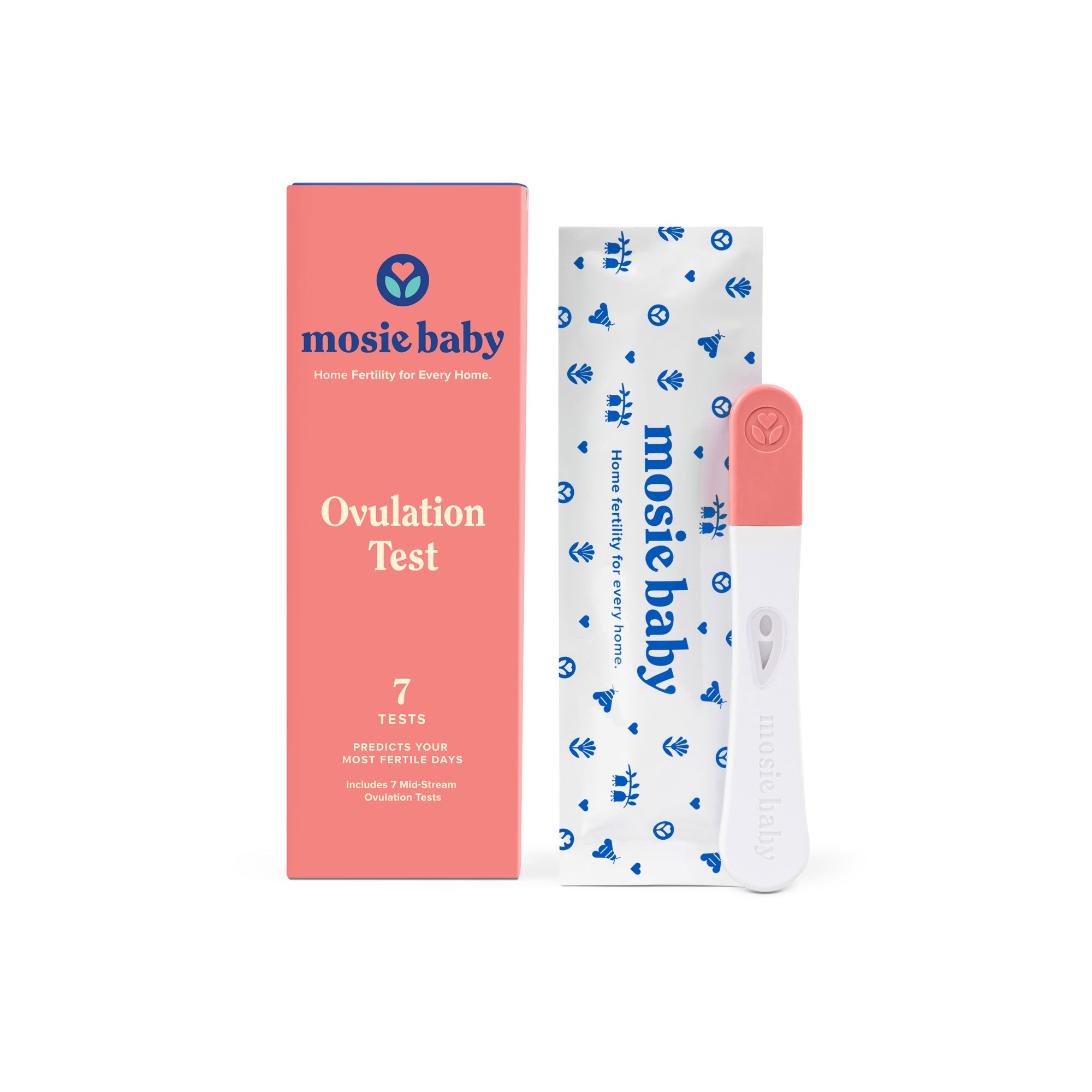It’s such an exciting time in your life when you first decide you’re ready to start a family. Maybe you’re ready to solo-parent, or maybe you and your partner look at each other one day and say, “Yes, let’s do this!”. You might expect to see a positive pregnancy test when your next period is due. Because you tried…a lot. Then, month after month, your heart starts to hurt, and you get a little depressed because it’s not happening, and you have no idea why. You are not alone. The fact is, most people really don’t understand how their reproductive system works, until they start trying to figure out why it’s not working.
Today we're sharing all about the “Turkey Baster Method”, also known as Intracervical Insemination (ICI) or Intravaginal Insemination (IVI).
ICI and IVI are some of the oldest and most common insemination procedures available. It’s a great option for many people who want to keep insemination at home.
What is intracervical insemination? What is intravaginal insemination?
Intracervical Insemination (IVI) is the process of transferring semen or ejaculate directly into the female reproductive tract, right at or near the cervical opening – which is basically the door to the uterus. Some may refer to ICI interchangeably as IVI, intravaginal insemination. IVI and ICI are often the same process. For the purpose of this article we will use the term ICI.
How do you get the semen to the cervix with IVI? You can do this either at home or at a doctor’s office. At home, you can use a specially designed syringe, like Mosie Baby (the first FDA Cleared at-home IVI Kit), to transfer the sperm. At the doctor’s office, often a catheter (thin, flexible tube) with a syringe attached to the end of it, is used to deposit sperm to the cervix.
How does ICI work?
Timing is key when doing Intracervical Insemination (ICI). It starts with understanding your ovulation cycle.
Typically, ovulation happens once a month, when a mature egg is released from one of the ovaries. Many people think that the egg gets fertilized in the uterus or the ovaries, which isn’t typically the case. Fertilization usually happens in the Fallopian tubes, which connect the ovaries to the uterus.

Sperm can survive inside a biologically female reproductive tract for 48 to 72 hours. Outside of the body, sperm can only survive up to an hour. (Please note that defrosted donor sperm may have a shorter life span and when using frozen sperm you’ll want to ask your sperm bank about their potency lifespan once transferred to your body.)
So, you’ll want to have the little swimmers start their journey upstream to the Fallopian tubes before ovulation occurs. That way the sperm will be ready and waiting to fertilize the egg.
With ICI, you can give sperm a little jump start, by using a syringe, to deliver sperm close to the cervix. From there the sperm travels up to the uterus, and into the Fallopian tubes. After depositing the sperm at the cervix, you should remain lying down, preferably with a pillow under your hips, for 15 to 30 minutes, so gravity can help the sperm on their journey.
If fertilized, the egg, now called a zygote, starts to divide into multiple cells through a process called mitosis, and then makes its way to the uterus - a journey that takes about 3 or 4 days after fertilization. Once the fertilized egg gets to the uterus, it will hopefully implant and begin to develop into anembryo.
If the egg isn’t fertilized, or doesn’t attach and develop inside the uterus, your period will start about two weeks later, shedding the uterus lining in preparation for a new cycle, and another chance to try again.
Who usually tries intracervical insemination?
Intracervical insemination is only an option for people with a healthy uterus, who are ovulating, and at least one functioning Fallopian tube. Talk to your doctor if you're wondering if ICI is an option for you.
Do not do ICI if you or your sperm source have been diagnosed with no sperm in semen (azoospermia), blocked Fallopian tubes or have no Fallopian tubes, a sexually transmissible disease, virus, or infection (including active herpes, hepatitis, HIV), or if you do not ovulate. Do not do ICI if it is unsafe for you to become pregnant. Do not do ICI if you are unsure if you have any of these conditions or if you do not know if it is unsafe for you to become pregnant.
How much does ICI usually cost?
The only cost of doing ICI at home on your own, is for the insemination kit and potentially an ovulation predictor kit. One option for home insemination is the Mosie Kit, which comes with two proprietary ergonomically-designed (and patented) insemination syringes, a specimen collection cup, and educational instructions on how to use Mosie.
What's the average success rate of ICI?
Much like male/female intercourse, your age, if you’re using fertility medications, or if you have any underlying medical conditions – all affect the success rates of an ICI.
That said, according to a study published in the journal human reproduction, the success rate for ICI is 37.9% after 6 ICI cycles.
How is ICI different from IVF or IUI?
Intracervical insemination (ICI), Intrauterine Insemination (IUI), and in vitro fertilization (IVF), are all ways to help people get pregnant without sex. IUI and IVF – are medical procedures that are done by a doctor, at a fertility clinic or surgery center. ICI can be a do-it-yourself process, done at home.
ICI delivers sperm to or near the cervical opening, whereas IUI delivers sperm directly to the uterus. IVF is a completely different process.
The IVF procedure starts with the biologically female person taking inject-able hormones for weeks, so that several eggs mature at the same time. Then a doctor surgically retrieves the eggs. In a lab, the eggs are mixed or injected with “washed sperm” – with the hopes that they will fertilize. A few days after the eggs fertilize, and become an embryo, a doctor transfers one of more of the embryos directly into the uterus. That’s where an embryo will hopefully implant, and begin to mature inside the uterus.
There are cases where IVF is the only viable option. For example, if a your Fallopian tubes are tied, burned, damaged, or removed, or if you can’t produce enough sperm through ejaculation. Also, with IUI, and IVF, the sperm is screened and cleaned before being used, which is sometimes necessary with certain types of male factor infertility. Consult your doctor if timed intercourse isn't working.
How does Mosie help with intracervical insemination?
The Mosie Kit was created specifically for intravaginal insemination (IVI) at home. The Mosie syringe (part of the Mosie Kit) was designed with the vagina in mind. It's purposely eliminates harsh edges found on other syringes ensuring comfort. It also does away with the barrel typically found on the tip of most syringes which can trap and waste sperm. And it has a slit opening mimicking mother nature.
If you have any questions whether this option is right for you, please do check with your doctor. Consult your doctor if timed intercourse isn't working, or if ICI hasn't led to a successful pregnancy within 6 months of trying. And if we can help support you on your journey to conceive, reach out to us. We love hearing from folks in the Mosie community!




